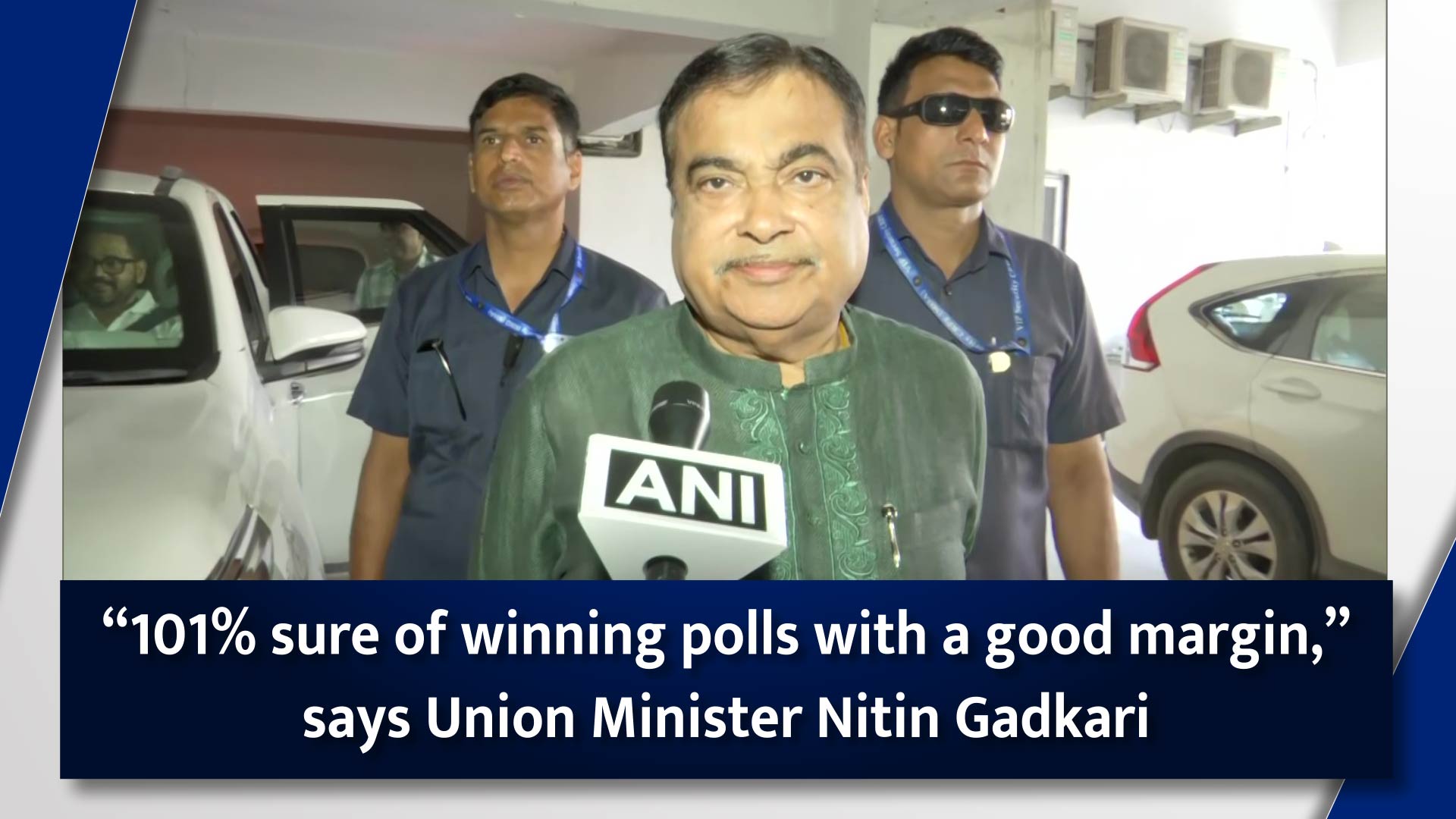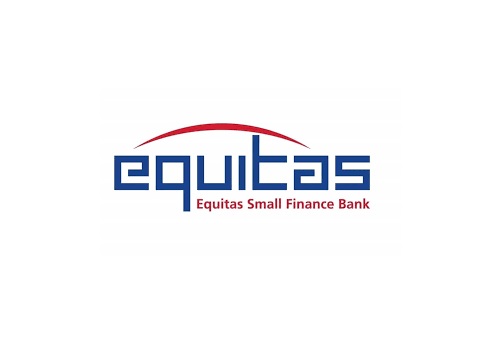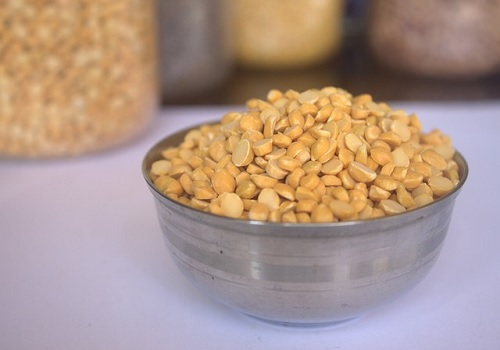Views On Fixed Income Outlook - June 2021 by Murthy Nagarajan, Tata Mutual Fund

Follow us Now on Telegram ! Get daily 10 - 12 important updates on Business, Finance and Investment. Join our Telegram Channel
https://t.me/InvestmentGuruIndiacom
Download Telegram App before Joining the Channel
Below are Views On Fixed Income Outlook- June 2021 by Murthy Nagarajan, Head - Fixed Income, Tata Mutual Fund
In the Monetary Policy Announcement this month, RBI kept rates unchanged and re-iterated its accommodative stance. RBI has mentioned it will continue to use all instruments at its command and work to revive and sustain growth on a durable basis.
RBI Actions
RBI announced Government Securities Acquisition Program (G-SAP) of Rs 35,000 Crores in month of May for securities of different maturities. This boosted demand especially in the short and medium end of the yield curve. RBI continued to intervene in the secondary market when benchmark 10-year G Sec yield was above 6 % to bring down the yields
RBI has now bought Rs 1.05 Lakh Crores in G-Secs which makes up 50 % of the total Gross borrowing program of the Government of Rs 2.10 Lakh Crores.
Government also helped to keep interest rates low this Financial Year. Cash balance of Government is in surplus due to lower spending by the Government in this first two months. Due to this, Government has cancelled of 10 year and 5-year auction whenever investors demanded higher yields.
Within G-SAP 1.0, further operation of Rs 40,000 crores to buy G-Secs (Rs 10,000 crores for SDLs) has been earmarked in the MPC announcement. G-SAP 2.0 of Rs 1.20 lakh crores to support the market has also been announced along with liquidity window of Rs. 15,000 Crores with tenure up to 3-years for contact intensive sectors such as hospitality. Rs. 16,000 crores facility to support MSMEs has been granted to SIDBI.
Inflation and Growth Discussion
Inflation
The RBI Monetary Policy Committee (MPC) highlighted uncertainties impinging both upside and downside risks to inflation. Rising international commodity prices, fuel prices and increased logistical costs pose upside risks to inflation. Normal monsoons, high buffer stock could keep food inflation in check.
MPC also highlighted the need to adjust excise duties, taxes, and levies to contain input price pressures arising out of petrol and diesel, and also mentioned the need of more supply side measures to control prices of pulses.
India's Wholesale Price Inflation (WPI) Index came in at 10.49% YoY during the current month as compared to 7.39% for the previous month on account of rising fuel, food, and commodity prices.
The Consumer Price Inflation index remained in a range from previous months and came at 4.29% YoY in the current month as compared to 5.52% in the previous month due to higher fuel, commodity prices and lower fruits and vegetable inflation.
Inflation is likely to remain range bound for some time going ahead.
Growth
The recovery of the Indian economy seems to be pushed back due to the second wave of the pandemic, which has seen record level of infections and deaths. 40 % to 50 % of the population is likely to get vaccinated should take another 6 months, in the best-case scenario.
Rural demand is likely to remain resilient on record agricultural production and expectations of normal monsoons. Urban demand has taken a knock by second wave of inflection, however, evolving compatibility by businesses to operate in this environment likely to cushion the impact.
The economy is expected to improve from the second half onwards provided we do not have a third wave. Given weak consumer sentiments and high leverage of household full recovery of economy is expected only in the next financial year.
Currency and Forex
Forex Reserves held by RBI increased to $593 billion and forward purchases of USD by RBI is ~$75 billion for the financial year. High forex reserves have an allowed independent monetary policy to foster growth
RBI has intervened to keep the INR at the Rs. 73-75 levels in the past few months. Higher commodity prices globally (Bloomberg Commodity Index is at a 10-year high) and upward movement in yields in advanced economies have not effected Indian markets.
Liquidity
RBI has endeavored to reduce borrowing costs of the Govt. and corporates through OMOs, Operations Twist and GSAP. In aid of this, RBI has bought Rs 34,125 Crores in the secondary markets in the first two months of this financial year. They have also conducted GSAP of Rs 60,000 Crores and Operation Twist of Rs 10,000 Crores. RBI has now bought Rs 1.05 Lakh Crores (50 % of the total gross borrowing program of the Government of Rs 2.10 Lakh Crores). These actions have infused liquidity in the system.
In light of RBI actions to support growth and maintain an accommodative monetary policy stance, Liquidity is expected to remain in surplus mode over the medium term. Surplus Liquidity in the system is at ~ 5 lakh crores. Government balance with RBI is ~2 lakh crores
In light of RBI actions to support growth and maintain an accommodative monetary policy stance, Liquidity is expected to remain in surplus mode over the medium term.
Our View on Rates
RBI cut its headline policy rates significantly in May-2020 to provide liquidity to banks to boost lending and encourage economic growth during the pandemic. As of now, we do not anticipate RBI to hike the rates as phase II of Covid is likely to have impact of GDP recovery/growth and RBI would rather support growth. As against pre phase II expectations of rate hikes staring Sept – Dec 2021, we now expect RBI to stay on hold for this Financial Year.
Yield Movements
G-Sec Yields
Yields fell by 5 to 10 basis points in the short end of the yield curve of government securities. Benchmark 10-year yields were supported by the increased demand for G-Secs from the RBI as it executed its G-SAP 1.0 program along with excess liquidity in the market.
Longer term yields (10-years) likely to be stable. RBI is expected to restrict 10-year yields to the 5.90% levels from 6.10% levels. RBI has stated it will take conventional and unconventional measures to support government borrowing.
Corporate Yields
Yields in the shorter end fell by 5-10 bps in May-21 due to lower issuance by Corporates, excess liquidity of Rs 6 to 8 Lakh crores in the system.
Corporate bond yields may move up on account of supply from corporates and global yields rising, however the rise may be range bound as RBI has committed to keeping low borrowing costs for corporates.
Portfolio Positioning*
We are running average maturity of funds in the upper bands of the permitted range. RBI announced measures which should be supportive for bonds in the June monetary policy announcement such as continuing current GSAP operations, liquidity window for contact intensive sectors and support grant for MSMEs. While downward projection of growth is a positive for rates market, increase in inflation projections off-sets it and thus giving a neutral picture for debt markets.
We expect rates to remain range bound and no material movement expected as an outcome of policy announcements. Overall, we remain neutral on debt markets and expect accruals to be major driver for return generations for next few months.
To Read Complete Report & Disclaimer Click Here
Above views are of the author and not of the website kindly read disclaimer










Tag News

Monthly Debt Market Update, September 2023: CareEdge Ratings












